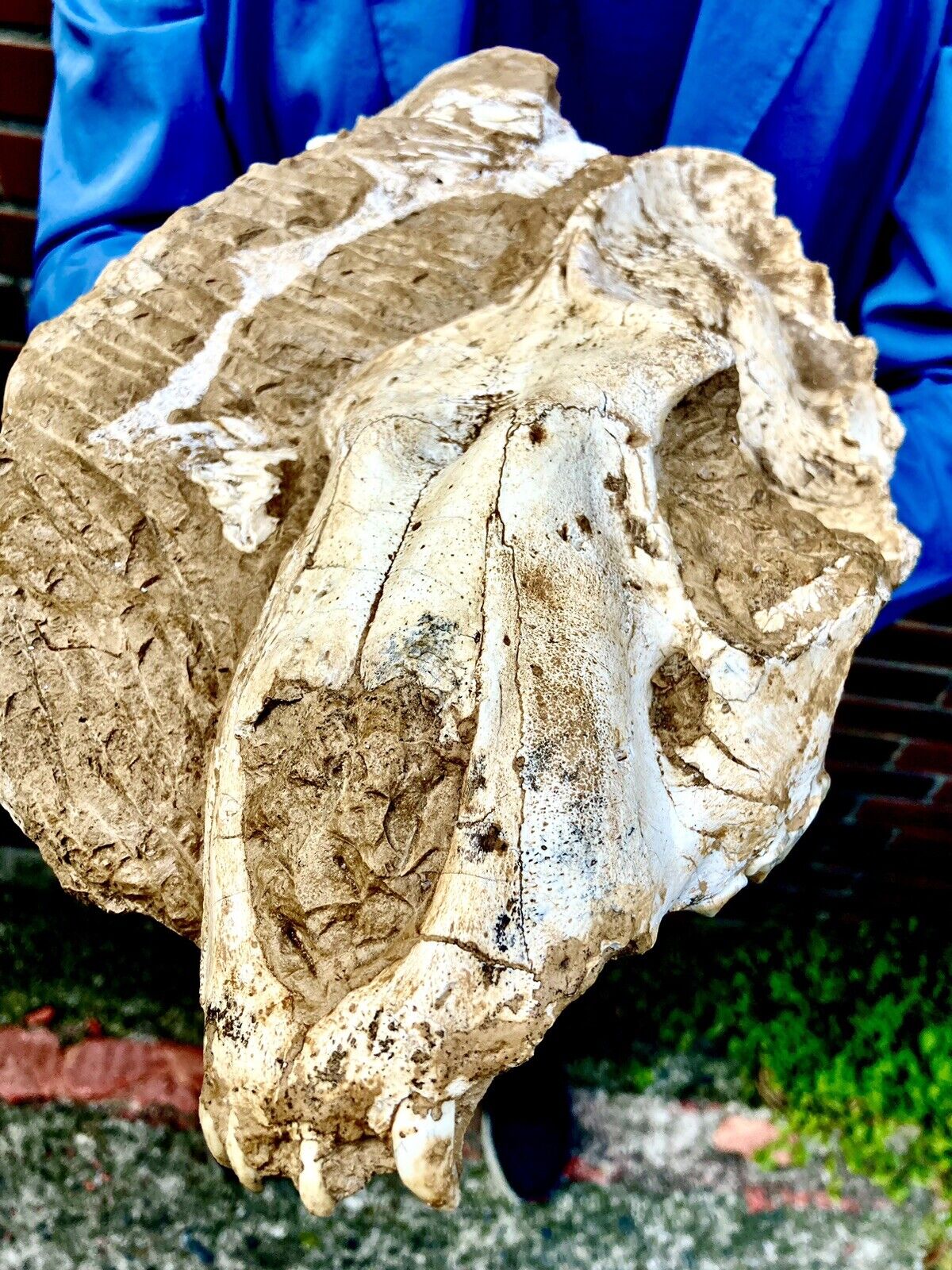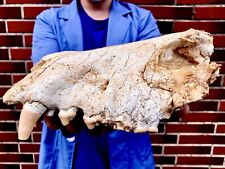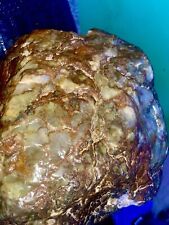/BEYOND RARE FOSSIL MAMMAL SABER CAT Pleistocene Megantereon skull Gansu China For Sale

When you click on links to various merchants on this site and make a purchase, this can result in this site earning a commission. Affiliate programs and affiliations include, but are not limited to, the eBay Partner Network.
/BEYOND RARE FOSSIL MAMMAL SABER CAT Pleistocene Megantereon skull Gansu China:
$3629.00
Up for sale is a extremely rarely offered Late Miocene saber cat skull!Megantereon has a popular standing within the realm of big cat palaeontology as it is thought by many to be the ancestor to the considerably more famous Smilodon (often incorrectly dubbed the Sabre-toothed tiger). Megantereon itself is often referred to as a dirk toothed cat because while the upper canines are enlarged, they are still smaller and more gracile than the teeth of the later Smilodon. The lower jaw however still has special flanges to house the upper canines when the mouth was closed, and these teeth are thought to have been the primary tools for killing prey.
Examining the post cranial skeleton of Megantereon has revealed that the living animal was fairly robust, especially around the fore quarters. This means that Megantereon was not built for speed and almost certainly did not spend its time sprinting after prey across open ground such as other big cats like Miracinonyx (often called the ‘American cheetah’). Instead Megantereon’s hunting behaviour was most probably that of an ambush hunter that waited for prey to get close before pouncing. Megantereon’s size makes it possible to have climbed into trees, something that may have been quite easy for it to do considering the well-developed forelimbs. If Megantereon took up position above a path used by travelling herbivores (say to and from a water source) it would only be a matter of time before potential prey passed along the path. Megantereon could then drop down from the tree to surprise its prey from above.
The enlarged canines of Megantereon like other similar big cats are actually comparatively weak compared to the smaller teeth. This is because their larger size means that they act like bigger levers which can magnify sideward forces against the tooth which leads to an easier tooth break. This is something that a specially adapted predator like Megantereon could not afford to happen as without the specialisation it would lose its edge to stay alive. This is why old ideas of Megantereon biting into prey and holding on with its mouth as it was thrown around while the prey struggled are no longer considered likely, the teeth were simply not capable of withstanding those kind of stresses.
A more likely scenario is that Megantereon would use its enlarged canines to inflict a single devastating bite and then back off while the prey died. Some however point out that the main problem with this kind of strategy is that the prey would take time to die and would attract other predators while in its death throes. But how fast an animal dies from a bite does not depend so much on how it is bitten but where it is bitten. When ambushing prey Megantereon probably would not just lunge and bite the first body part it could, instead it would probably focus on a key weak area like the neck. Not only does the neck contain the windpipe, but also important arteries that carry blood direct from the heart to the head and brain. If Megantereon could sever an artery like this, something that its large canines would have easily been capable of, then death for the prey animal would at most be just a few minutes. The well-developed fore limbs of Megantereon may have also allowed it to steady prey as it bit into the neck, further reducing the risk of dental injury. Unless another predator had seen the attack as it happened, Megantereon would be able to at least get a few mouthfuls of flesh before it was disturbed, and if adept at climbing and assuming the prey was not too large, it may have been able to drag its kill into a tree and buy itself more time to feed before being disturbed by other predators (Such behaviour can be seen in Leopards today).
Themolars preserved on the jaw registers really nice details of the enamel and the cutting-sharpening surface. The features allowed the saber cat to shear flesh efficiently. Unfortunately, none of the canines were preserved on the skull. The skull is measured around 31cm/12.20 inches in length, 8cm/3.1496 inches in height and 21 cm/8.2677 inches in width.
Please do not hesitate to contact me if you got any question!

Related Items:
FAR BEYOND RARE FOSSIL MAMMAL Miocene Amphicyonidae Gobicyon skull Gansu China
$5570.50
Extra Large Plume Agate/ Jasper Beyond Rare Central Coast California 25+ Lbs
$800.00
BEYOND RARE 1977 Buffalo New York "BLIZZARD OF 77" PROGRAM WBEN-TV 4 WesternBank
$76.49



